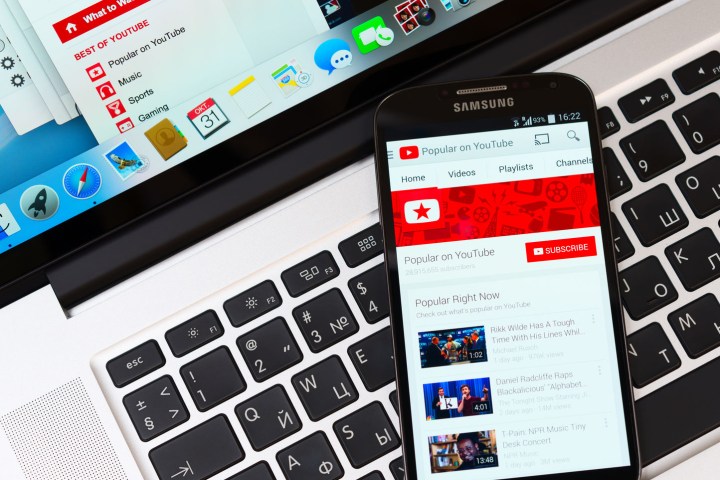
The update adds three new categories for content that will not be able to earn money from the video platform’s advertising system, in addition to the list that already contains factors like offensive language, controversial issues, violence, and sexually suggestive content. The updated guidelines now also prohibit ads on hateful content, which YouTube describes as videos that “promotes discrimination or disparages or humiliates an individual or group of people.” Content designed to stir up trouble or hatred is also ineligible for advertising revenue, including anything that is “gratuitously incendiary, inflammatory, or demeaning.”
Content that takes characters originally designed for family-friendly entertainment and puts those icons into violent, sexual or just inappropriate behavior is also prohibited from the advertising platform.
YouTube is not banning those types of content outright but any videos falling under that category will not be approved for advertising, which means those videos will not earn their creators any money. Any video that complies with YouTube’s Terms of Service and Community Guidelines can still be published, but the updated guidelines are designed to help advertisers keep their brands away from being associated with negative content.
To help YouTube users navigate the new guidelines, and what videos may be more likely to pick up advertisers, the platform also launched a new course to help users create content that also appeals to advertisers.
The changes follow a March update that added new tools for advertisers to control where their content appears, along with a review process for users who believe their content was incorrectly demonetized.
“Many advertisers have resumed their media campaigns on YouTube, leading creator revenue to return to a better and more stable state,” wrote Ariel Bardin, YouTube’s vice president of product management. “We know that revenue fluctuations have been unsettling and want to reassure you that we’re working closely with our advertising partners to make sure that YouTube continues to be a great place for creators to earn money.”
The complete list of what YouTube considers to be “advertiser-friendly” is available on the updated content guidelines.



